Maxim Zhestkov’s hypnotic digital art makes virtual worlds tangible
Ahead of a major installation at London’s W1 Curates, digital artist Maxim Zhestkov discusses the creative potential in merging physical and virtual realities: ‘my work is about this thin membrane that separates us from the future’
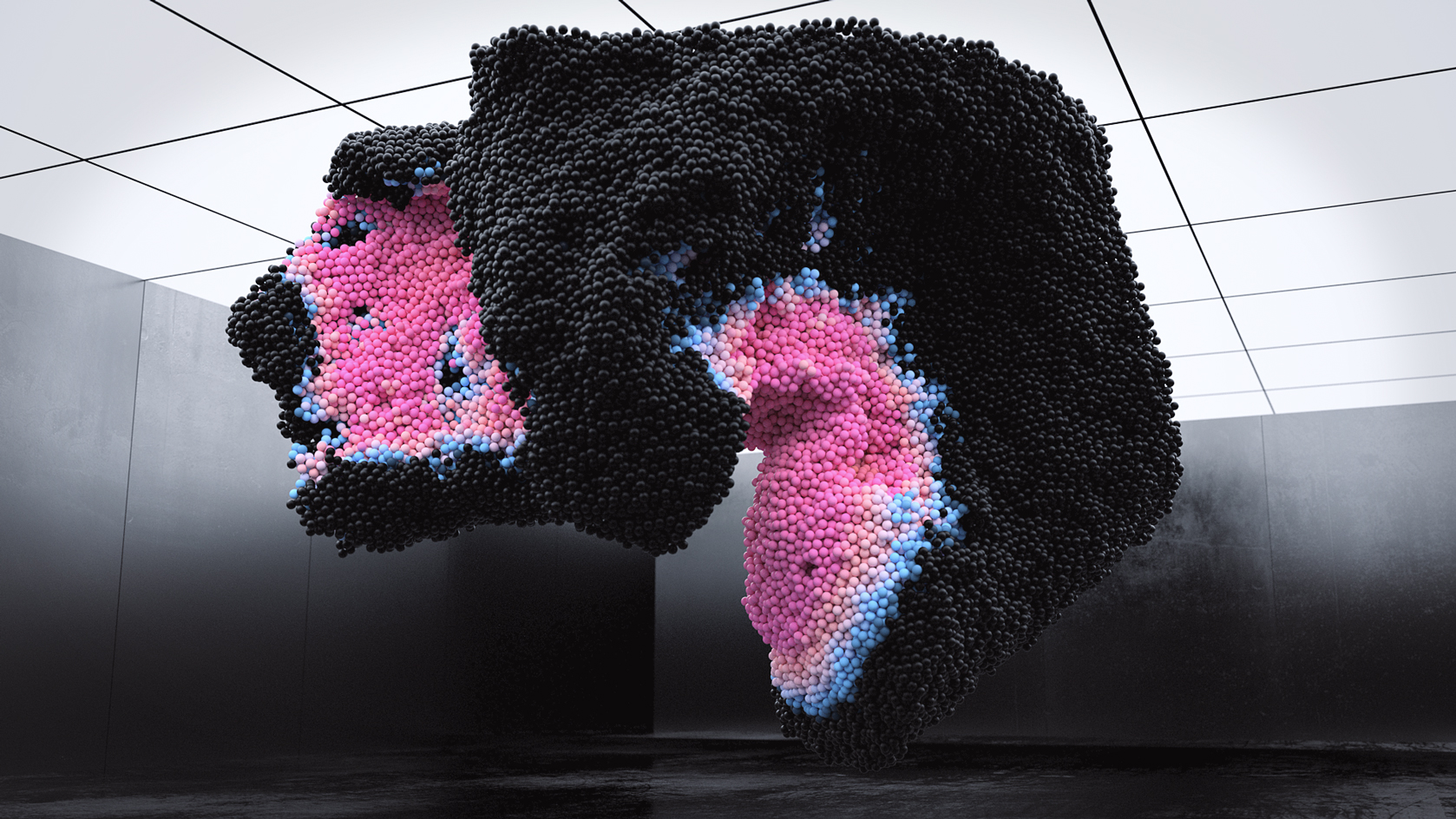
Maxim Zhestkov’s work is a tale of two worlds. One we can set foot in, one offers us a convincing illusion of that possibility.
After 20 years working with brands such as Playstation, Google, BMW, and Adidas, the Russian-born, London-based artist is now immersed in self-initiated art projects, driven by an ‘obsession’ with computer graphics, VR and the construction of digital environments that fuse the fundamental laws of physics with human emotion.
On August 18, Zhestkov will open a solo show across the interior and exterior of London’s W1 curates on Oxford Street, where he will debut Waves, an immersive digital experience exploring how one ‘wave’ in everyday emotion or communication can trigger drastic systematic changes.
As the line between physical and digital worlds erodes, Zhestkov’s work asks what we can learn from the similarities between the two: ‘Who are we? Are we our bodies? Are we what others perceive, which can change so easily with avatars in different worlds?’
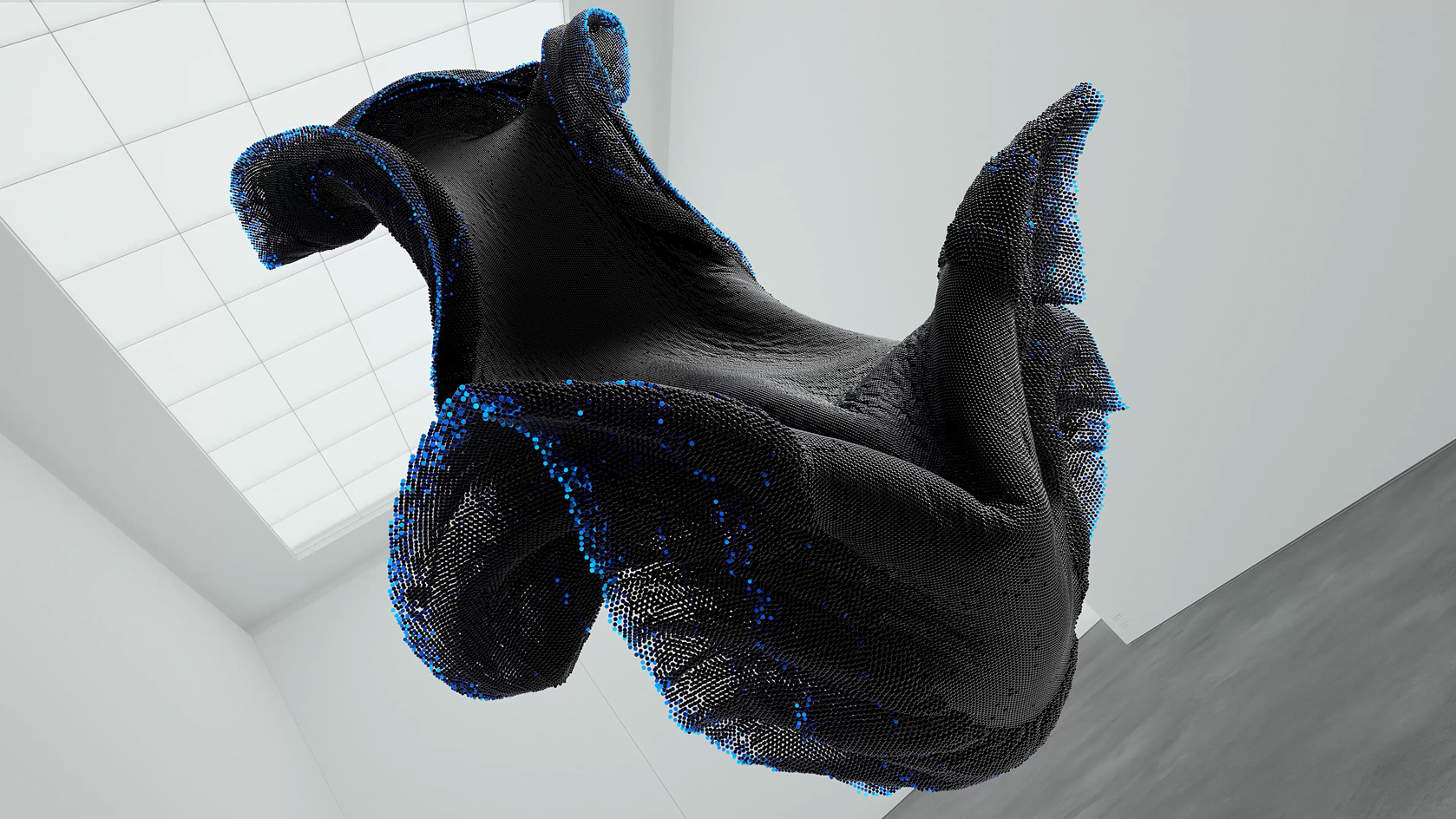
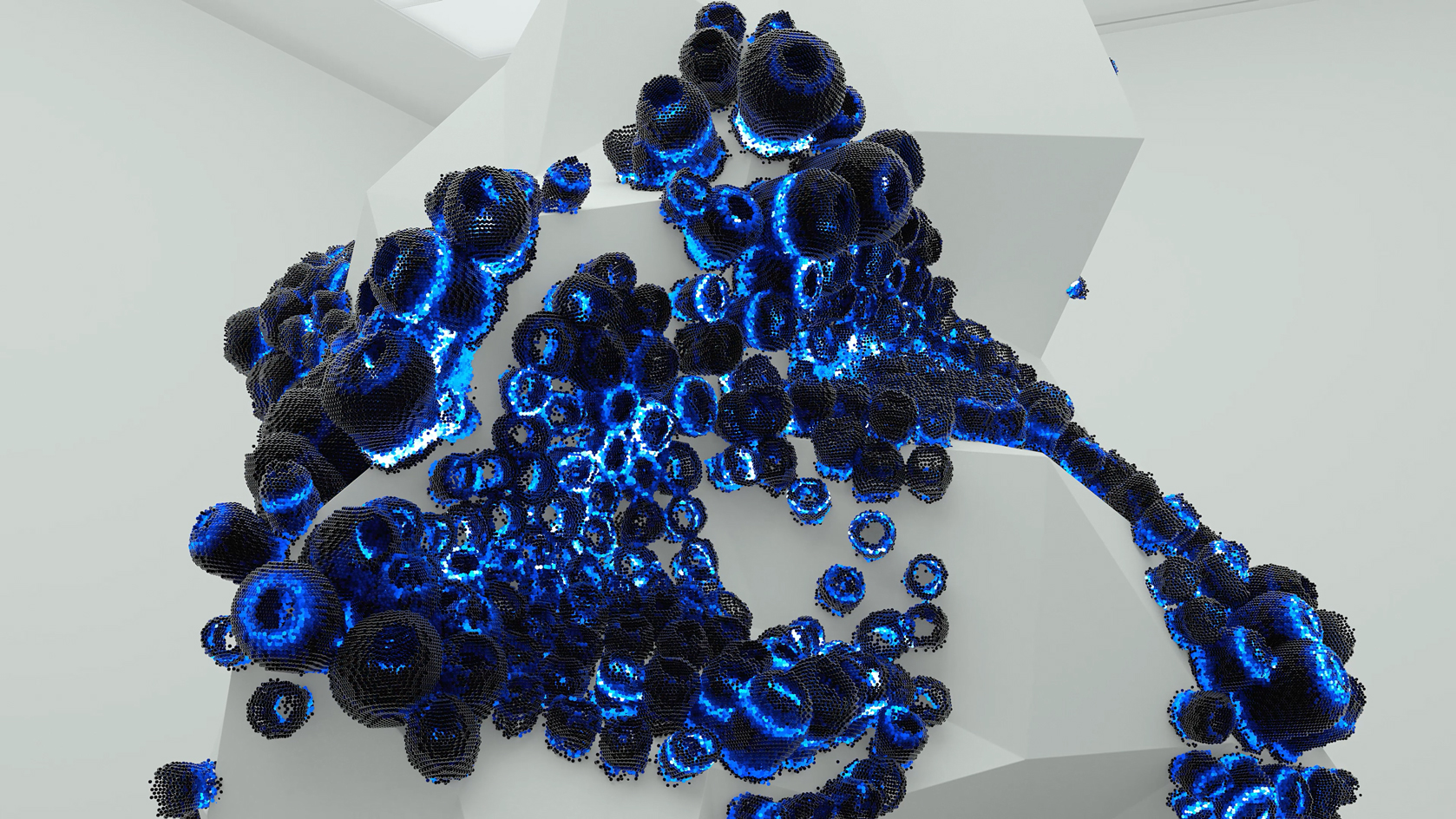
Maxim Zhestkov, Artificial Organisms, 2021
Wallpaper*: We’re seeing increasingly fluidity between game design, art, and architecture. What do you think is driving this interest in ‘phygital’ experiences?
Maxim Zhestkov: The biggest transformation of our time is the exodus into a new dimension of perception. Last year Fortnite accrued more revenue than the biggest fashion brands. It might not be the virtual reality we know from Blade Runner; our world still looks the same. These shifts in values are already happening, everything is changing very quickly.
My projects explore the interaction between digital and real spaces. How can we be there – in the digital world – or here – in the physical world – and experience environments that are not made for our bodies but only for our dreams?
Even fairytales are, in a sense, virtual worlds with their own rules and logic. We can step inside and experience them. We are the creators of the universes to come, along with the rules, logic, and appearance. We need to invest in developing, building, and understanding this future. I love that everything is so connected. My work is about this thin membrane that separates us from the future.
Receive our daily digest of inspiration, escapism and design stories from around the world direct to your inbox.
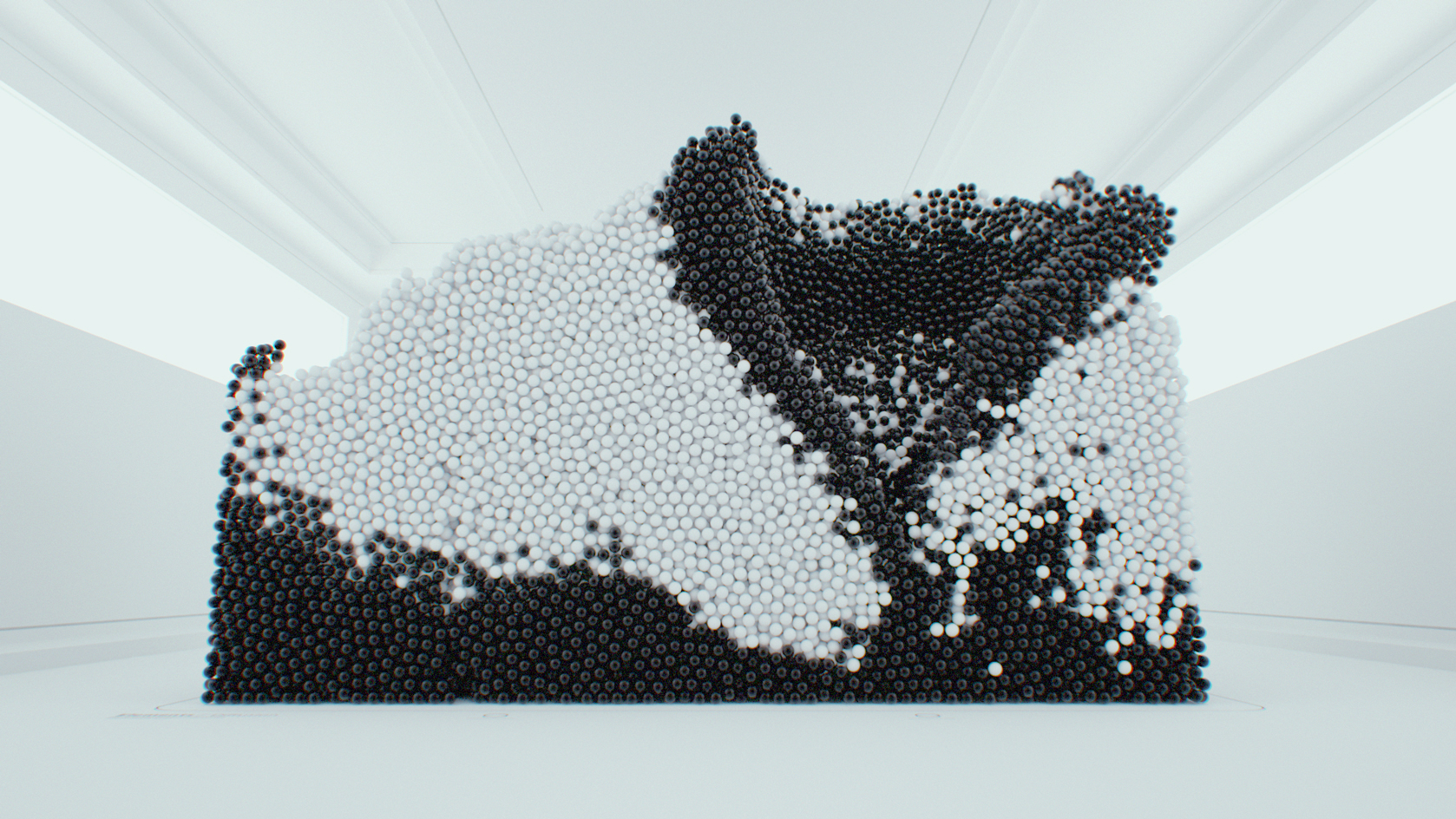
Elements, 2017
W*: You’ve previously worked with brands. Why are you now focusing more on personal art projects, and what freedom this has offered?
MZ: Even though I touched the art world through my study of painting, I wanted to explore using computers and making animation, which led to commercial work with brands. I have learned so much about project development because projects for a client are always about limitations.
I am an experimenter. I do not like to repeat things. Space for experimentation allows me to build things from scratch at micro and macro scales. Working this way means I don’t need to listen to brands or solve their problems. Now I make and solve my own problems. My artistic projects have been much harder and are more intimate. I think it is very important for everyone creative to find a territory where they can truly experiment.
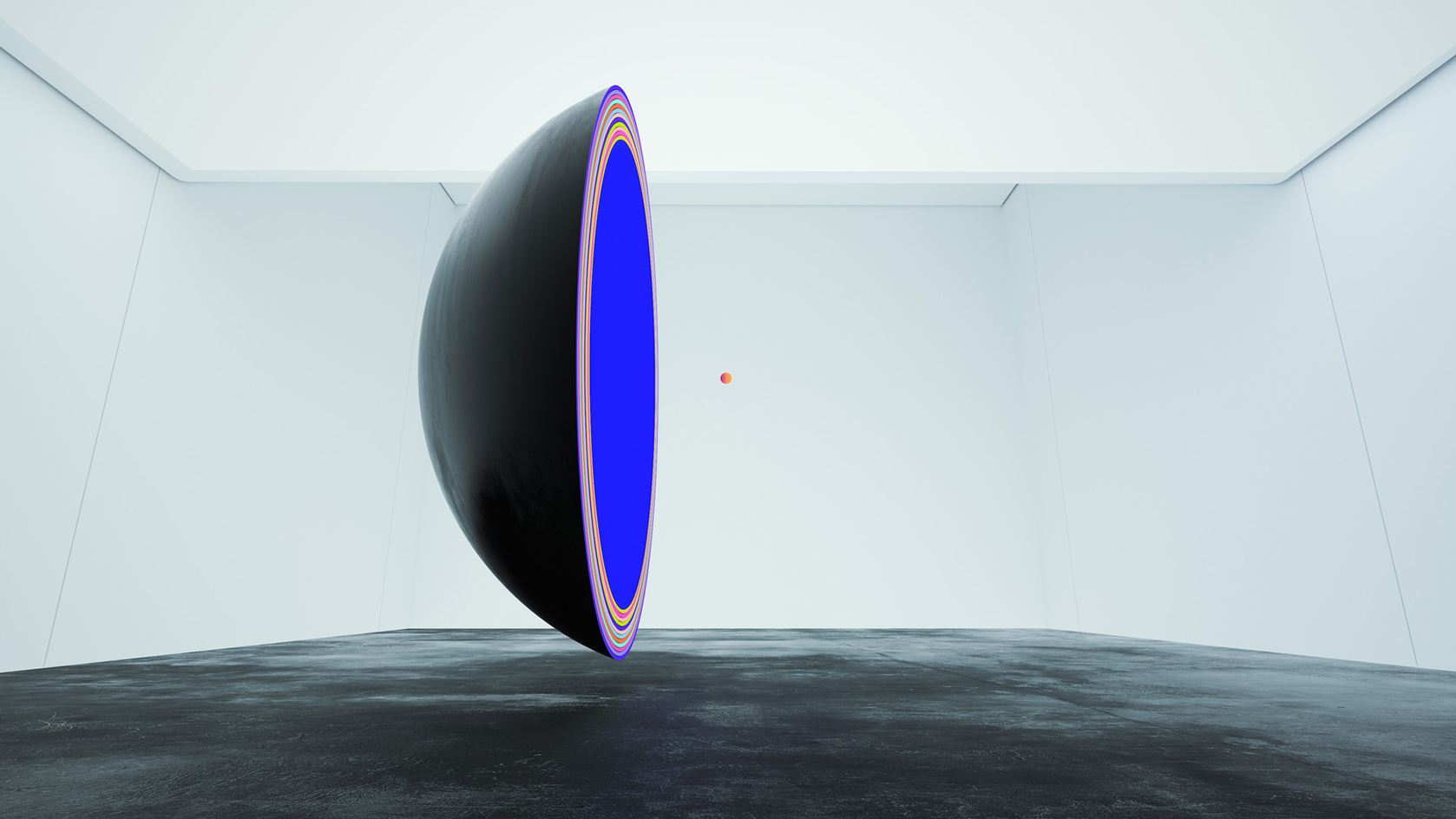
Layers (2018)
W*: What inspired your new project Waves for W1 Curates?
MZ: My mind can obsess over certain things. Thinking about waves, I started to see them everywhere. Even the light that enters your eyes is decoded into different colours through wavelengths. We look at our world through waves. I recently read The Art of Noticing by Rob Walker. It’s about the idea that beautiful and terrible things are happening everywhere, at every millisecond, but we develop shells that filter these signals. My work is aimed at breaking these shells to allow people to see and feel the smallest things.
The project Waves is not about physical waves, like the waves of the ocean. It’s about the waves we experience every day in communication and in emotion – about how one trigger can result in drastic changes in a system.
My projects begin with an algorithm that always takes me to a very different place from what I expected. Small errors create beautiful patterns. As an artist, I don’t feel like I create. I curate the results of complexity and unpredictability. It is a dialogue with machines; together we determine what is beautiful and what is not.

Rendering of Waves, which will open at W1 Curates on 18 August
W*: Talk me through the creation and development process
MZ: My team and I use Houdini as our main tool, and we add snippets of our own code which allow us to make complicated simulations. For Waves, we used 100 million objects, which interact to form a new whole.
Everything comes from the laws of physics. Still, sometimes we can’t understand why processes proceed as they do. We build every project on this crossroads of artistry and technical direction. Sometimes it can be hard to alter the smallest detail without ruining the whole thing.
We spent half a year with ten people working every day on the project. One challenge is that we’re always pushing our hardware to the limit. We used 100 state-of-the-art video cards. It took a month to render hundreds of iterations with their own errors and miracles.
Our simulations are grayscale sculptures. We work without colour because it’s like drawing in pencil before working on a painting – colour can change the perception of shape. It’s such a wonderful and impossible way to work because you can’t predict what you’ll get as a final result. One mistake can produce a wave of mistakes. You are only partly the creator.
Waves, 2022
W*: What do you hope viewers will take away from the experience?
MZ: I want people to walk away with a feeling of wonder. Said another way, the takeaway might be experiencing everything like a child. This state allows us to keep a fresh perspective of systems and of everything around us that we can’t control.
Small errors which make changes to the system are exactly what produce life, what produced us. Mutations in the DNA of our ancestors are the reason we are who we are today. This is the beauty of life – that waves, mistakes, and unpredictable events bring the future.
W*: What we can expect from your upcoming project ‘Modules’?
MZ: I wondered, ‘What can we bring into the world of virtual reality from a first-person experience?’ Telling stories through a third-person experience – via avatars – has its limitations. For my work, full immersion occurs only from a first-person experience.
At the moment there are only a couple of VR headsets that render in a quality high enough for my work, and they’re quite expensive. We wanted to bring the best experience to the biggest audience, so we started using the Oculus Quest 2, the most affordable VR device currently available.
Art brings me something completely different from video games. In a virtual world, I don’t want to kill, solve quests, and solve puzzles. Sometimes I just want to be there and experience the environment.
We will launch in about two months. It looks and feels and sounds so different than I expected. I love every second. I love the calmness that comes with diving into a different, endless world. Modules is a game with no end. You can’t win, you can’t lose; all you can do is be there. It’s a big universe to explore.
When it comes to VR, I believe the biggest challenge for humanity is understanding how to use it well – how to educate, how to inspire, how to show beauty and teach kindness.
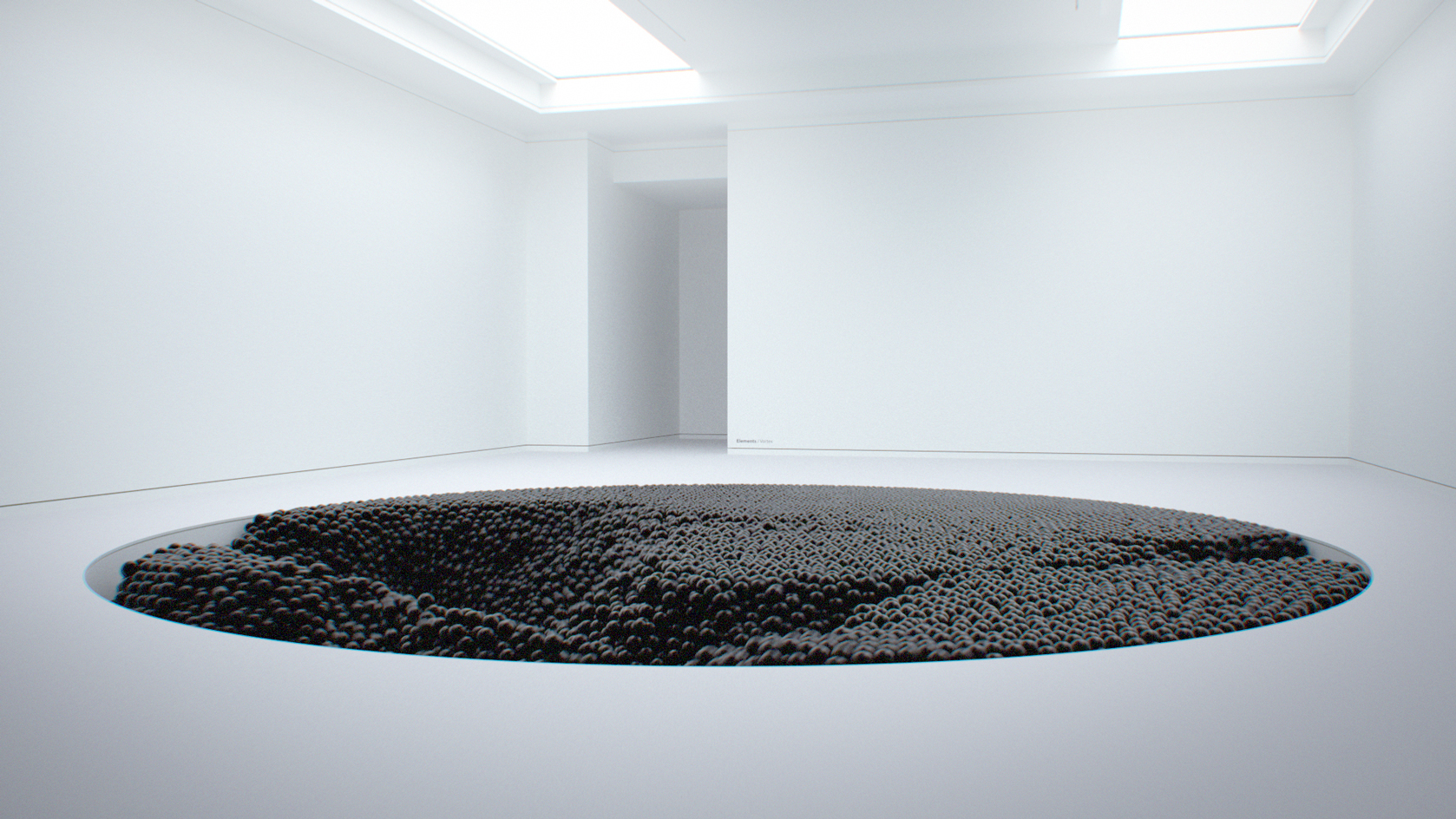
Elements, 2018
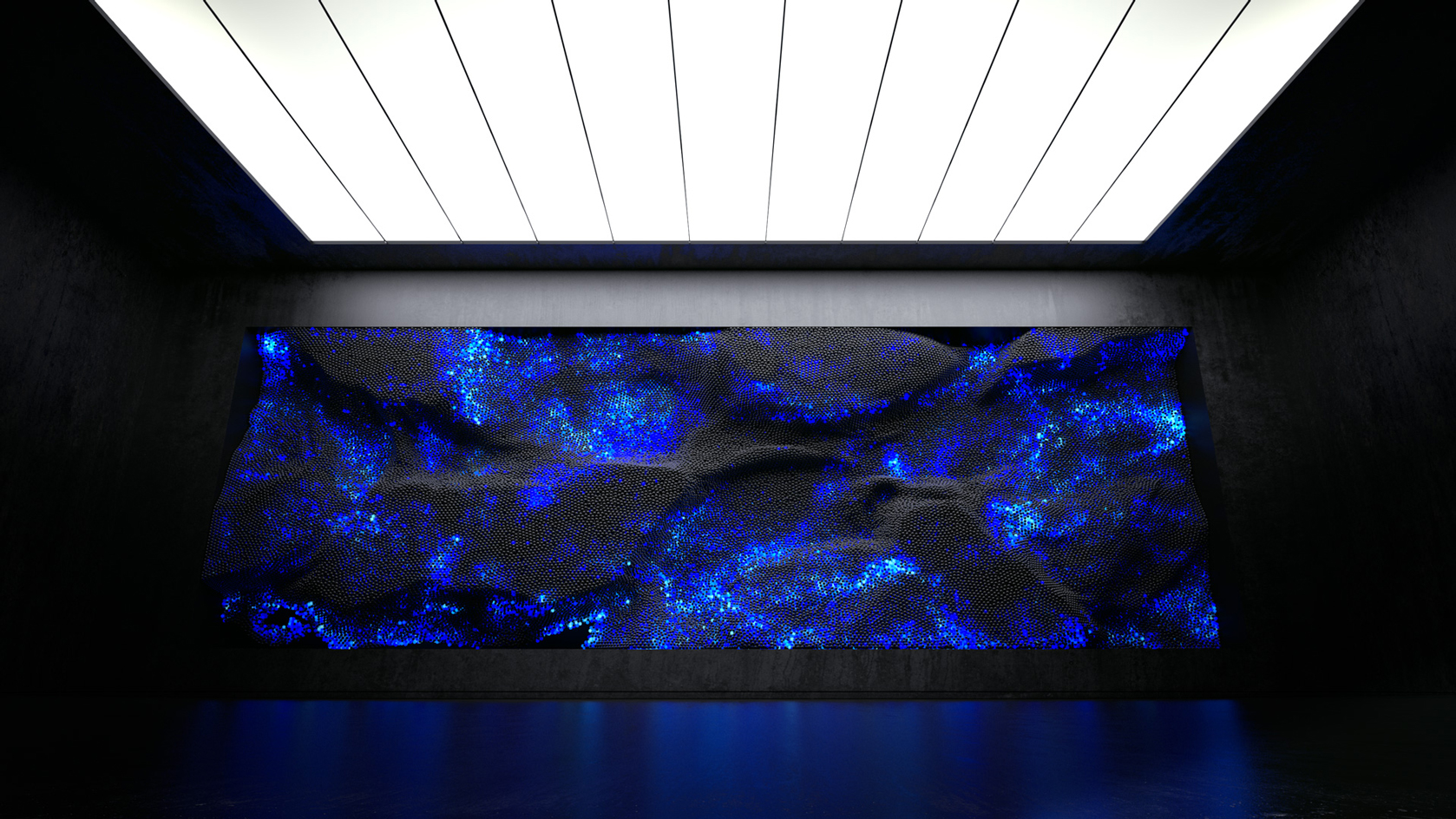
Computations, 2019
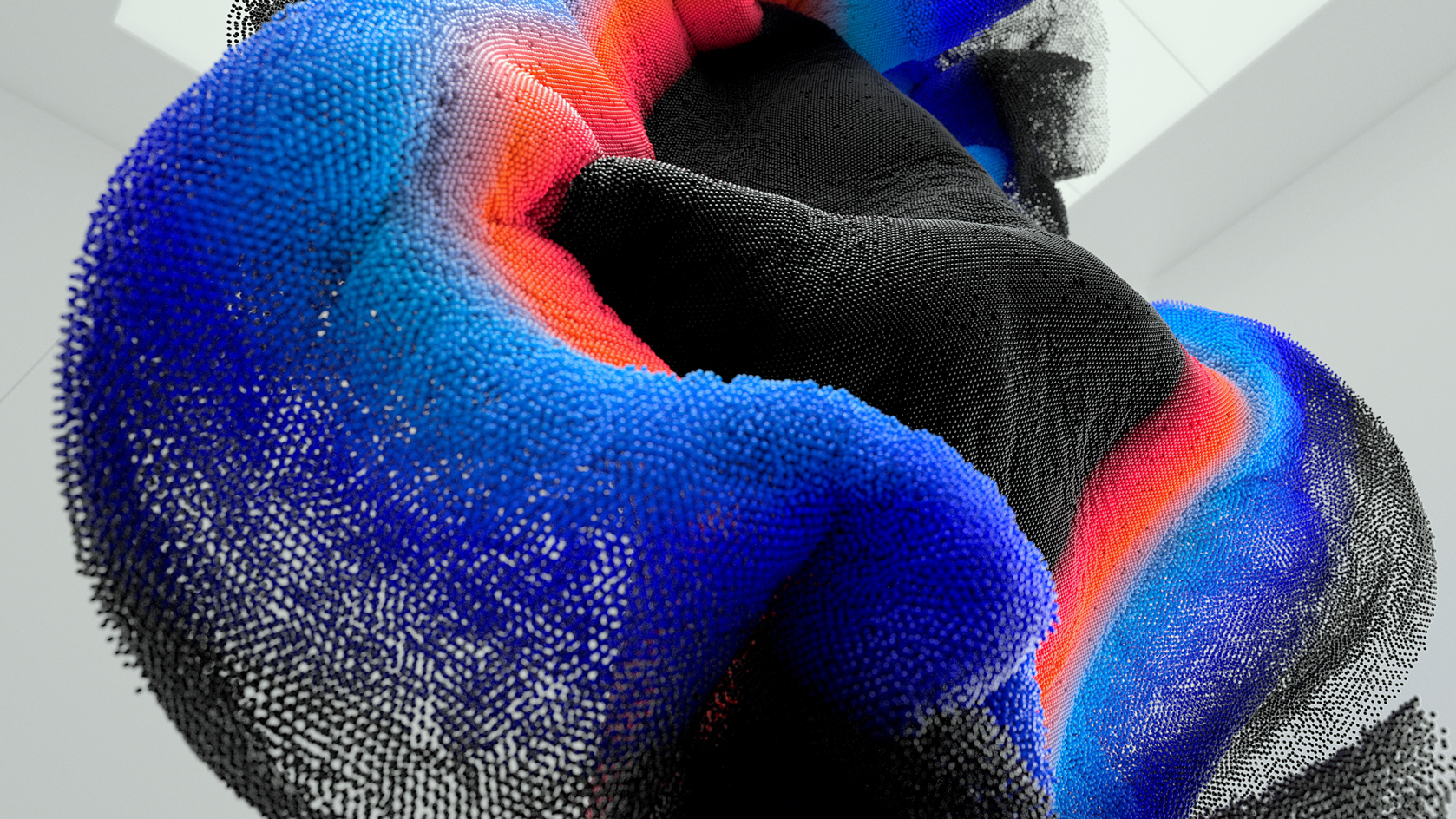
Maxim Zhestkov Elements, 2018
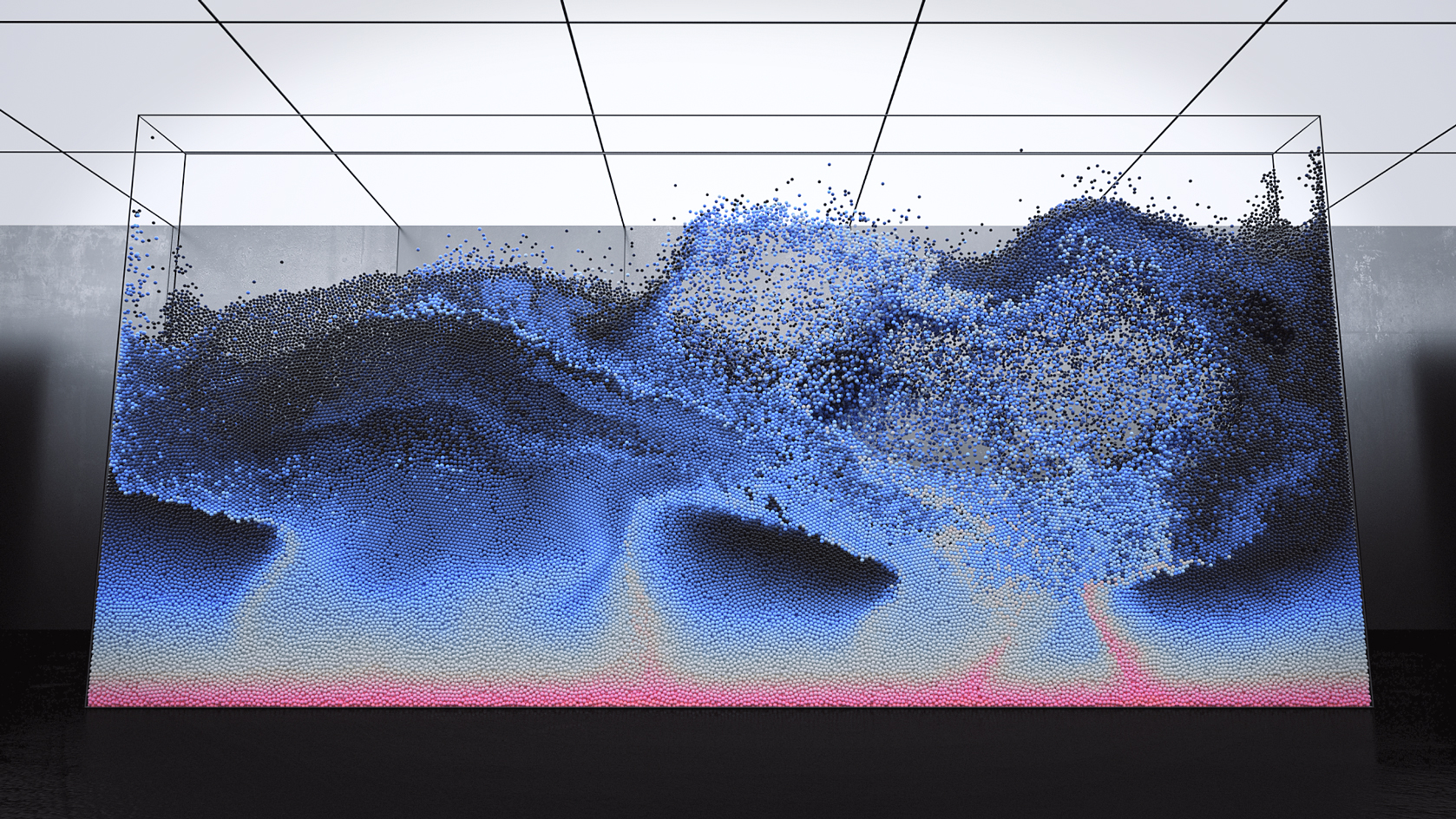
Volumes, 2018
INFORMATION
Waves by Maxim Zhestkov will open to the public on 18 August 2022 at W1 Curates, Oxford Street, London. w1curates.com
Harriet Lloyd-Smith was the Arts Editor of Wallpaper*, responsible for the art pages across digital and print, including profiles, exhibition reviews, and contemporary art collaborations. She started at Wallpaper* in 2017 and has written for leading contemporary art publications, auction houses and arts charities, and lectured on review writing and art journalism. When she’s not writing about art, she’s making her own.
-
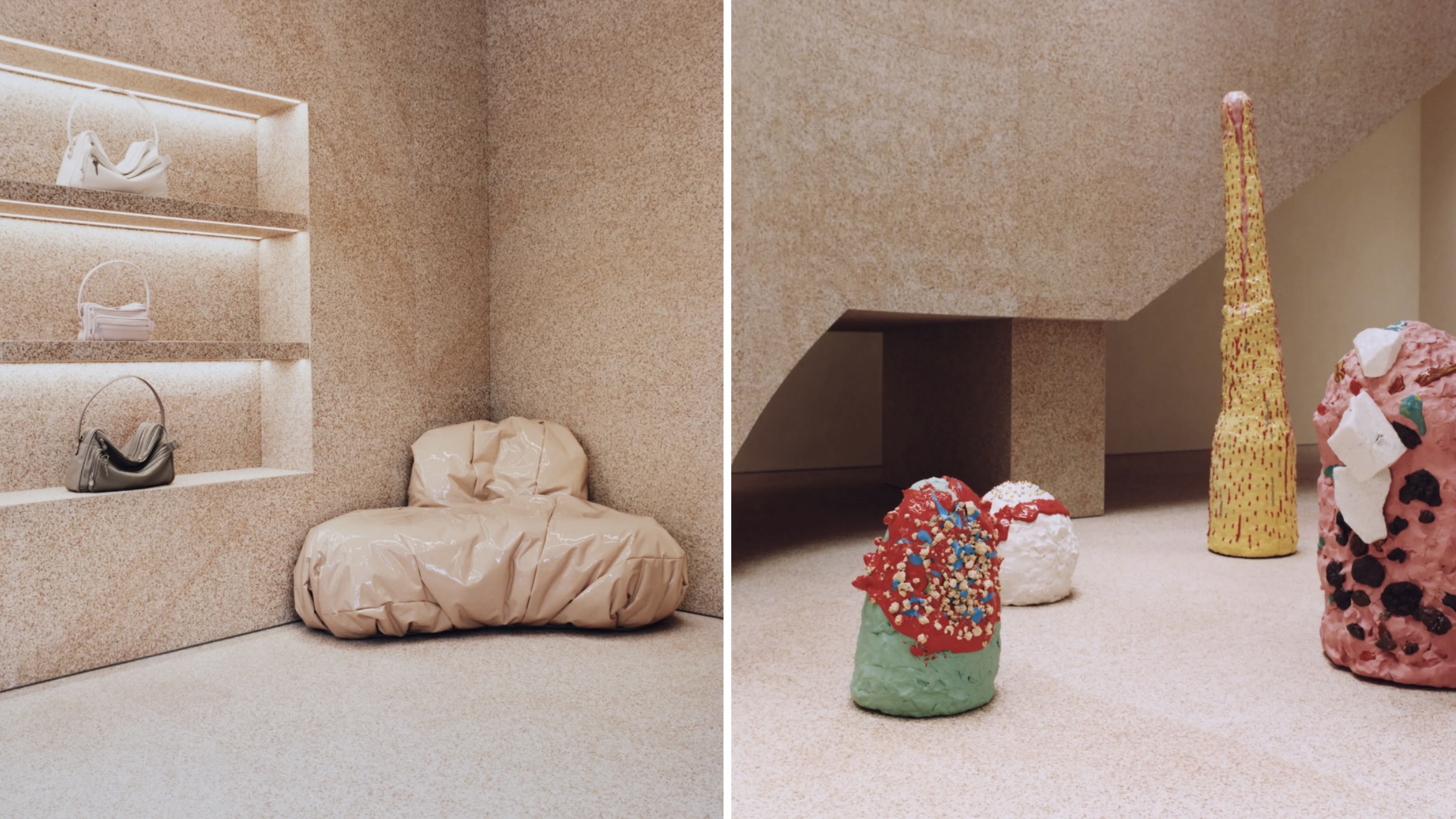 In 2025, fashion retail had a renaissance. Here’s our favourite store designs of the year
In 2025, fashion retail had a renaissance. Here’s our favourite store designs of the year2025 was the year that fashion stores ceased to be just about fashion. Through a series of meticulously designed – and innovative – boutiques, brands invited customers to immerse themselves in their aesthetic worlds. Here are some of the best
-
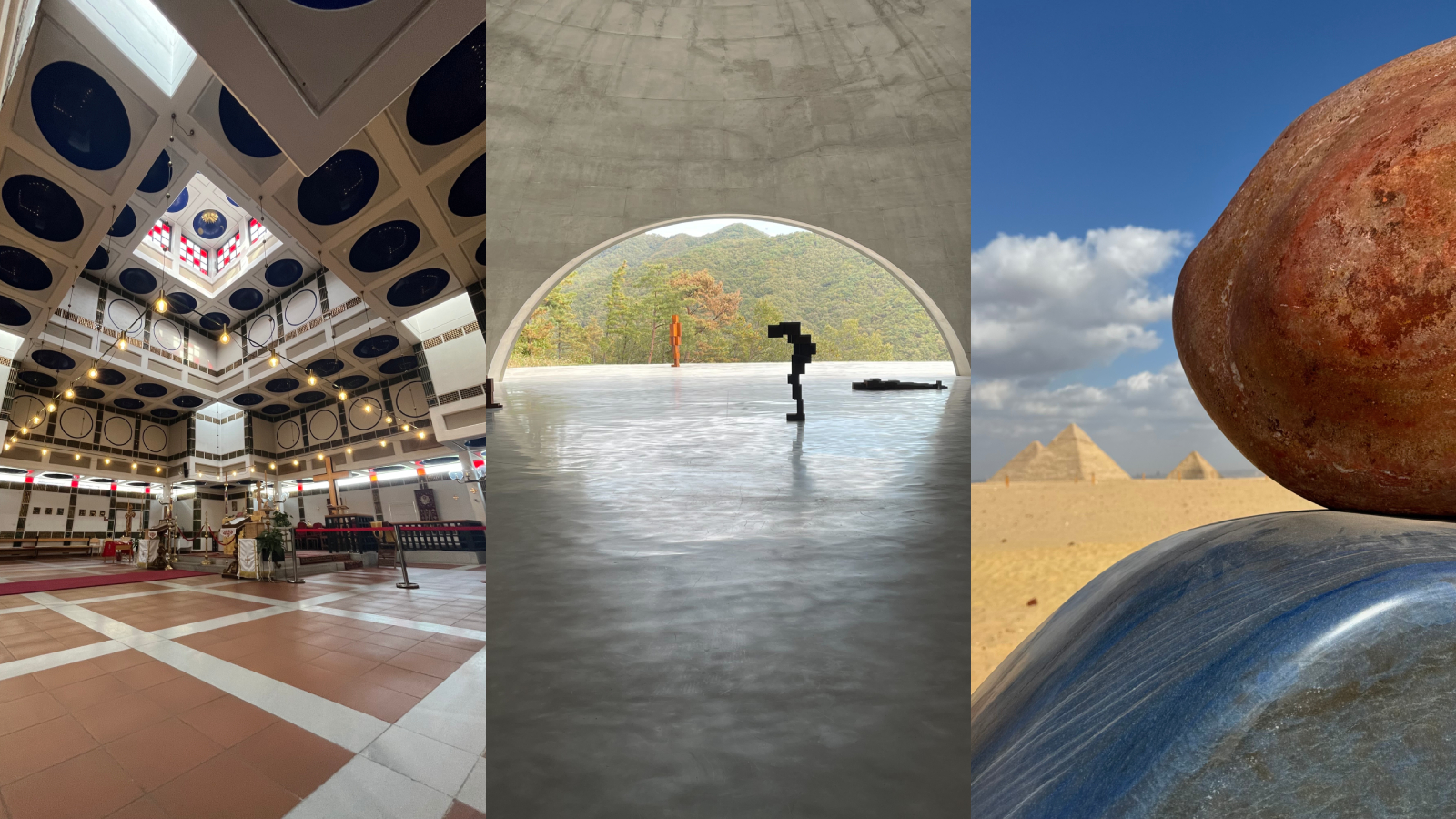 The Wallpaper* team’s travel highlights of the year
The Wallpaper* team’s travel highlights of the yearA year of travel distilled. Discover the destinations that inspired our editors on and off assignment
-
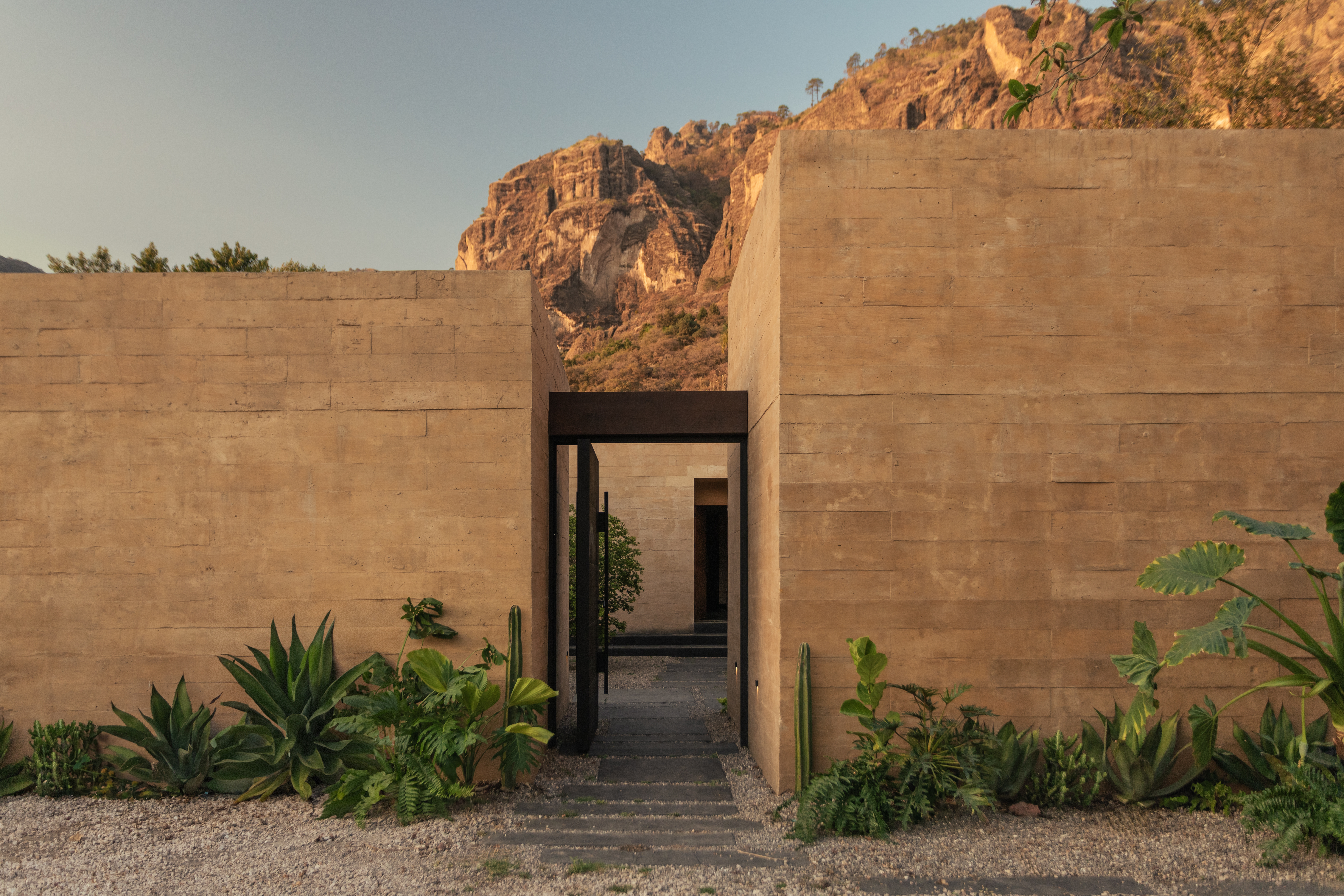 The architecture of Mexico's RA! draws on cinematic qualities and emotion
The architecture of Mexico's RA! draws on cinematic qualities and emotionRA! was founded by Cristóbal Ramírez de Aguilar, Pedro Ramírez de Aguilar and Santiago Sierra, as a multifaceted architecture practice in Mexico City, mixing a cross-disciplinary approach and a constant exchange of ideas
-
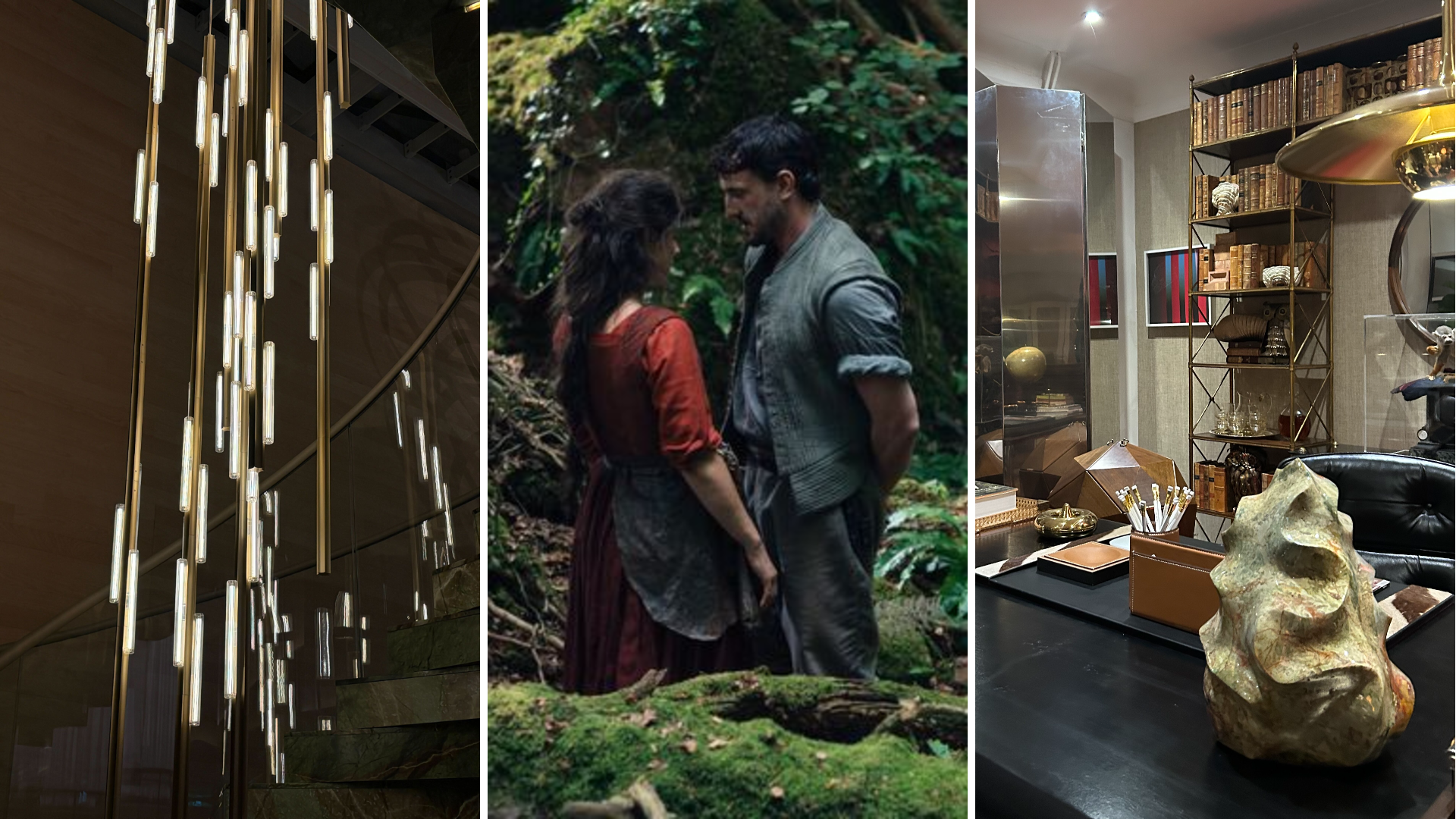 Out of office: The Wallpaper* editors’ picks of the week
Out of office: The Wallpaper* editors’ picks of the weekFar from slowing down for the festive season, the Wallpaper* team is in full swing, hopping from events to openings this week. Sometimes work can feel like play – and we also had time for some festive cocktails and cinematic releases
-
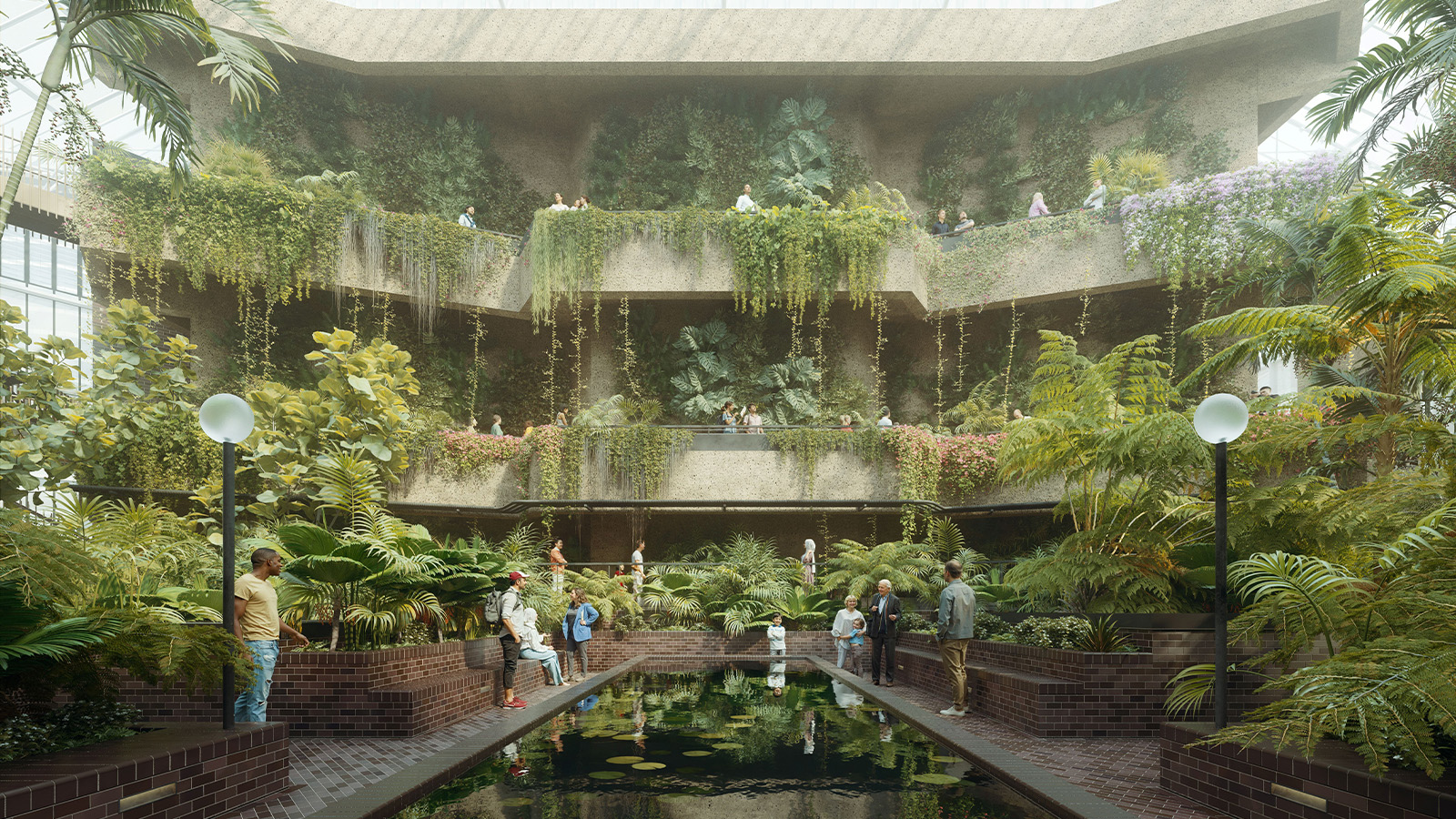 The Barbican is undergoing a huge revamp. Here’s what we know
The Barbican is undergoing a huge revamp. Here’s what we knowThe Barbican Centre is set to close in June 2028 for a year as part of a huge restoration plan to future-proof the brutalist Grade II-listed site
-
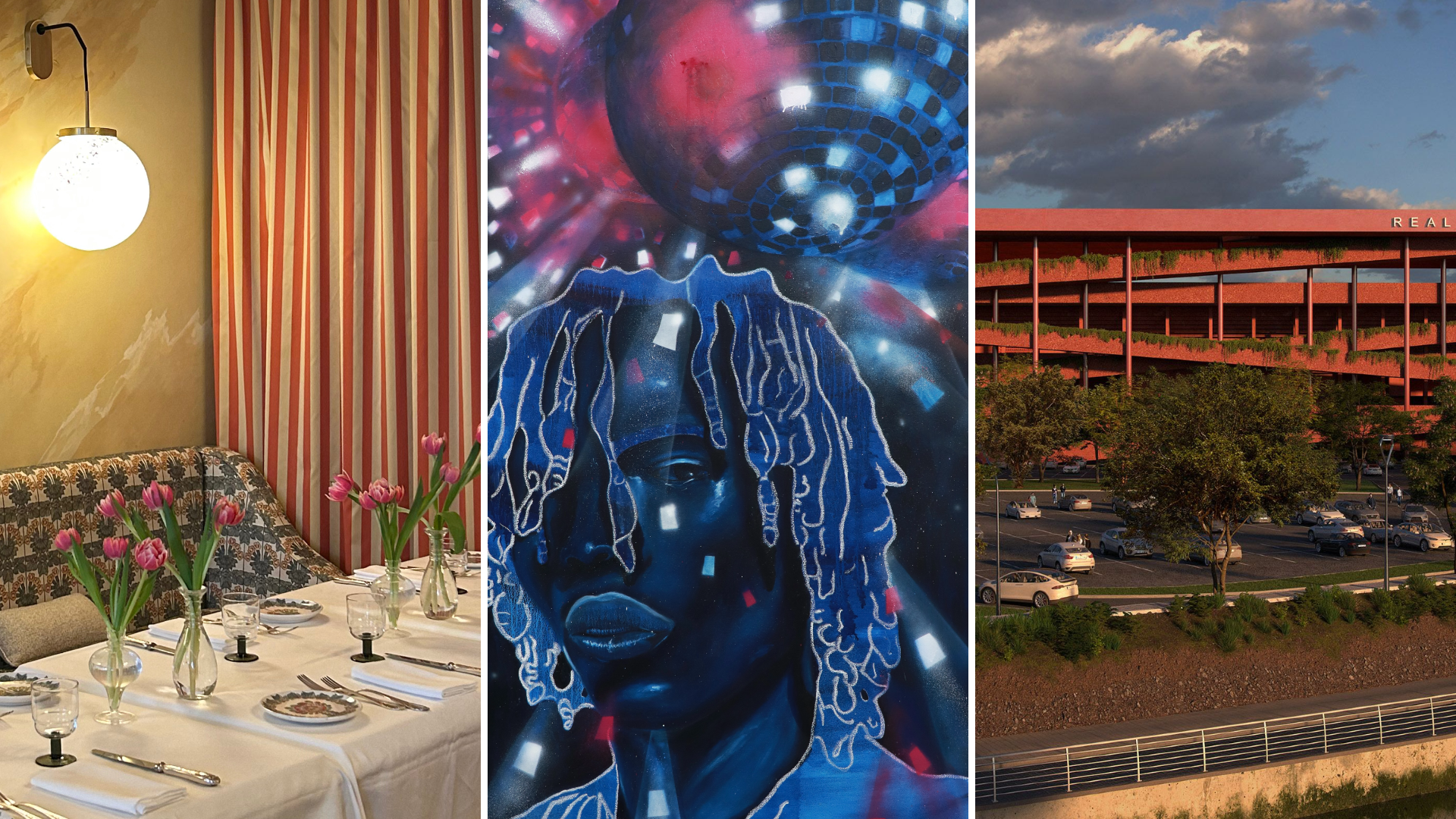 Out of office: The Wallpaper* editors’ picks of the week
Out of office: The Wallpaper* editors’ picks of the weekIt’s wet, windy and wintry and, this week, the Wallpaper* team craved moments of escape. We found it in memories of the Mediterranean, flavours of Mexico, and immersions in the worlds of music and art
-
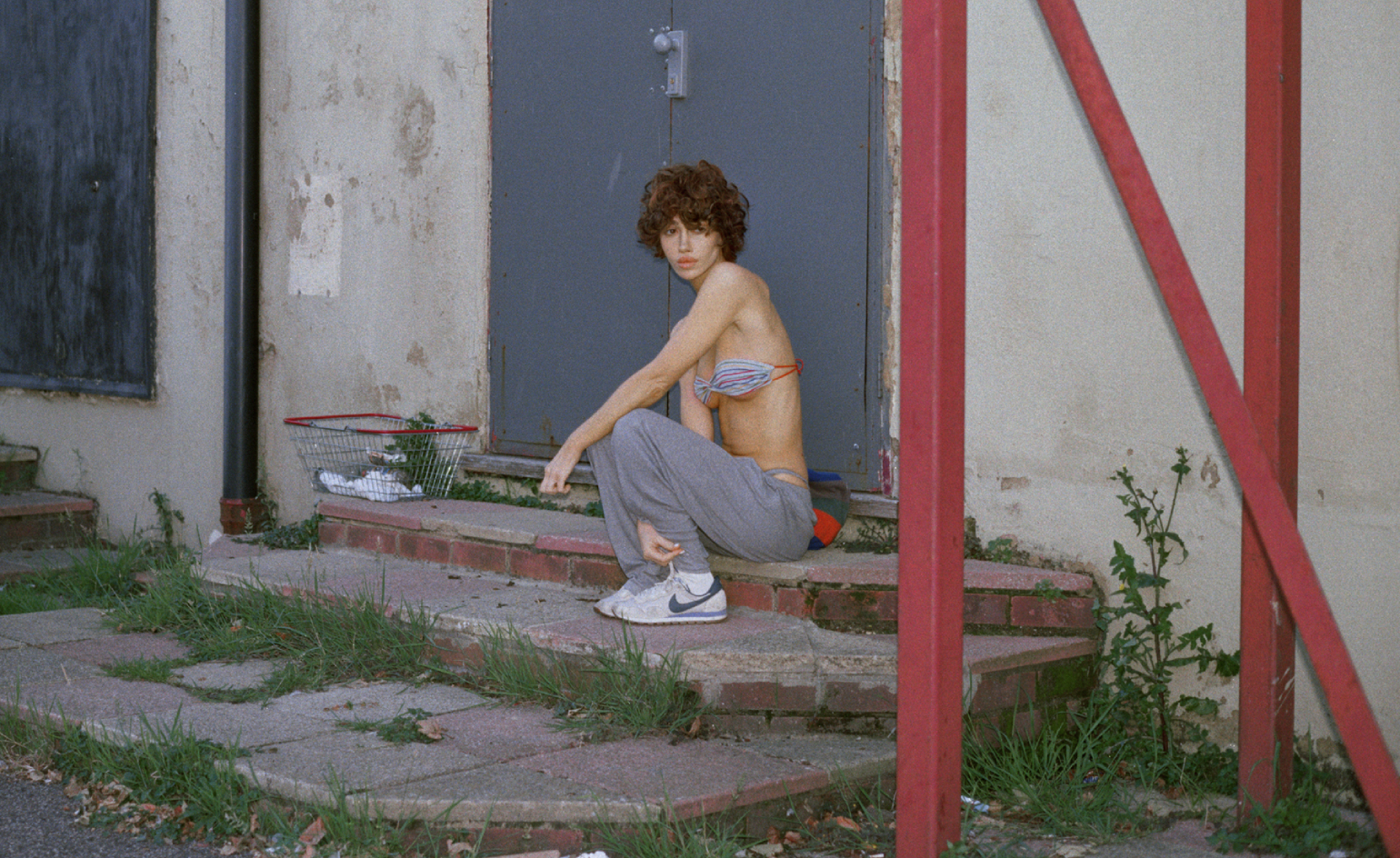 Nadia Lee Cohen distils a distant American memory into an unflinching new photo book
Nadia Lee Cohen distils a distant American memory into an unflinching new photo book‘Holy Ohio’ documents the British photographer and filmmaker’s personal journey as she reconnects with distant family and her earliest American memories
-
 Each mundane object tells a story at Pace’s tribute to the everyday
Each mundane object tells a story at Pace’s tribute to the everydayIn a group exhibition, ‘Monument to the Unimportant’, artists give the seemingly insignificant – from discarded clothes to weeds in cracks – a longer look
-
 Out of office: The Wallpaper* editors’ picks of the week
Out of office: The Wallpaper* editors’ picks of the weekThis week, the Wallpaper* team had its finger on the pulse of architecture, interiors and fashion – while also scooping the latest on the Radiohead reunion and London’s buzziest pizza
-
 Out of office: The Wallpaper* editors’ picks of the week
Out of office: The Wallpaper* editors’ picks of the weekIt’s been a week of escapism: daydreams of Ghana sparked by lively local projects, glimpses of Tokyo on nostalgic film rolls, and a charming foray into the heart of Christmas as the festive season kicks off in earnest
-
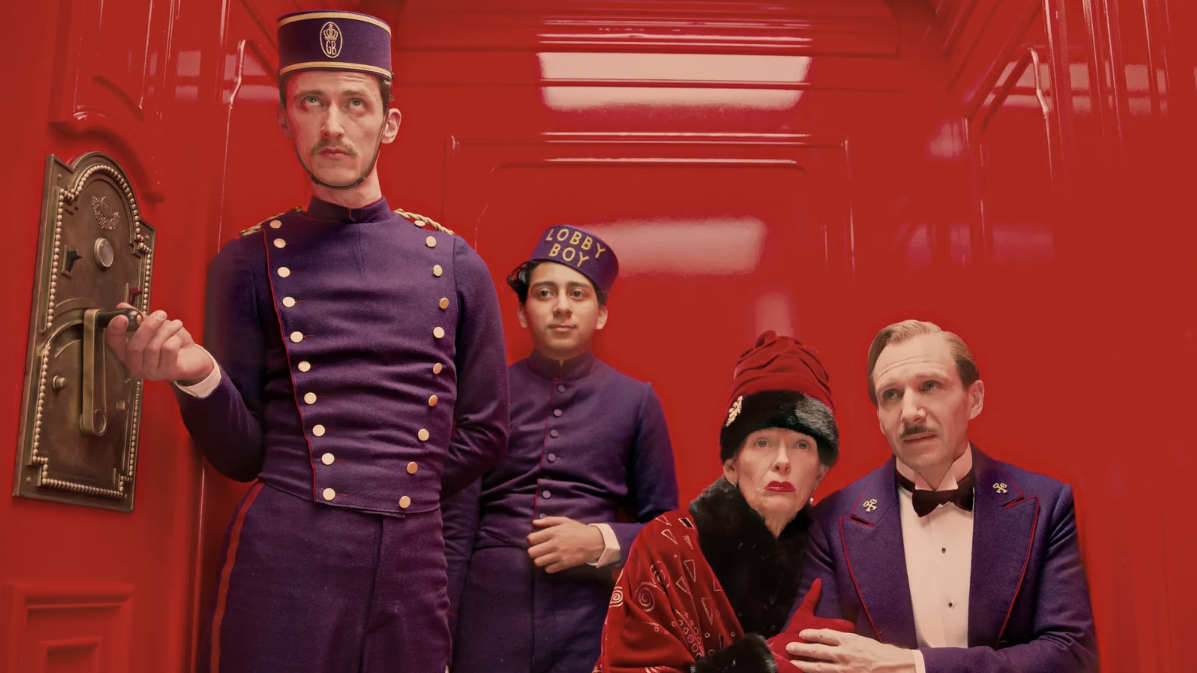 Wes Anderson at the Design Museum celebrates an obsessive attention to detail
Wes Anderson at the Design Museum celebrates an obsessive attention to detail‘Wes Anderson: The Archives’ pays tribute to the American film director’s career – expect props and puppets aplenty in this comprehensive London retrospective